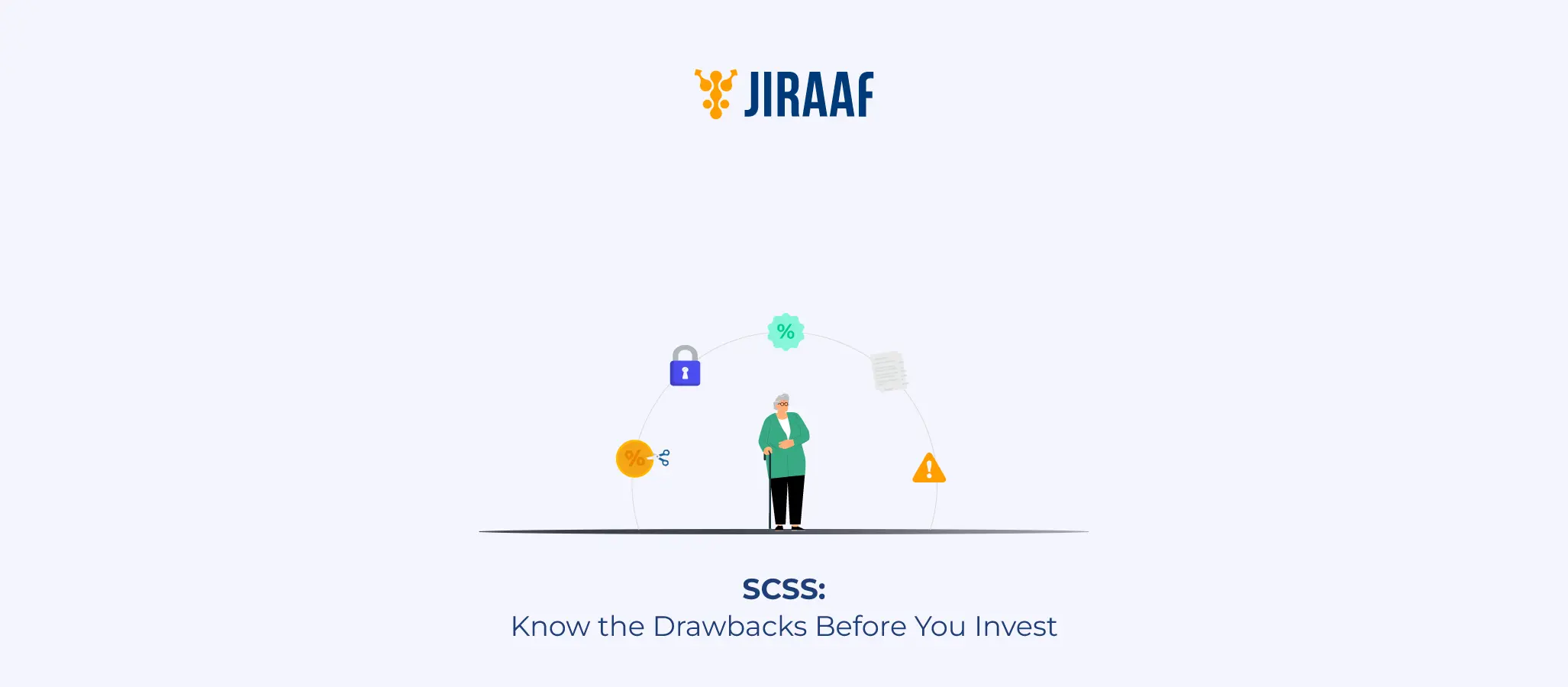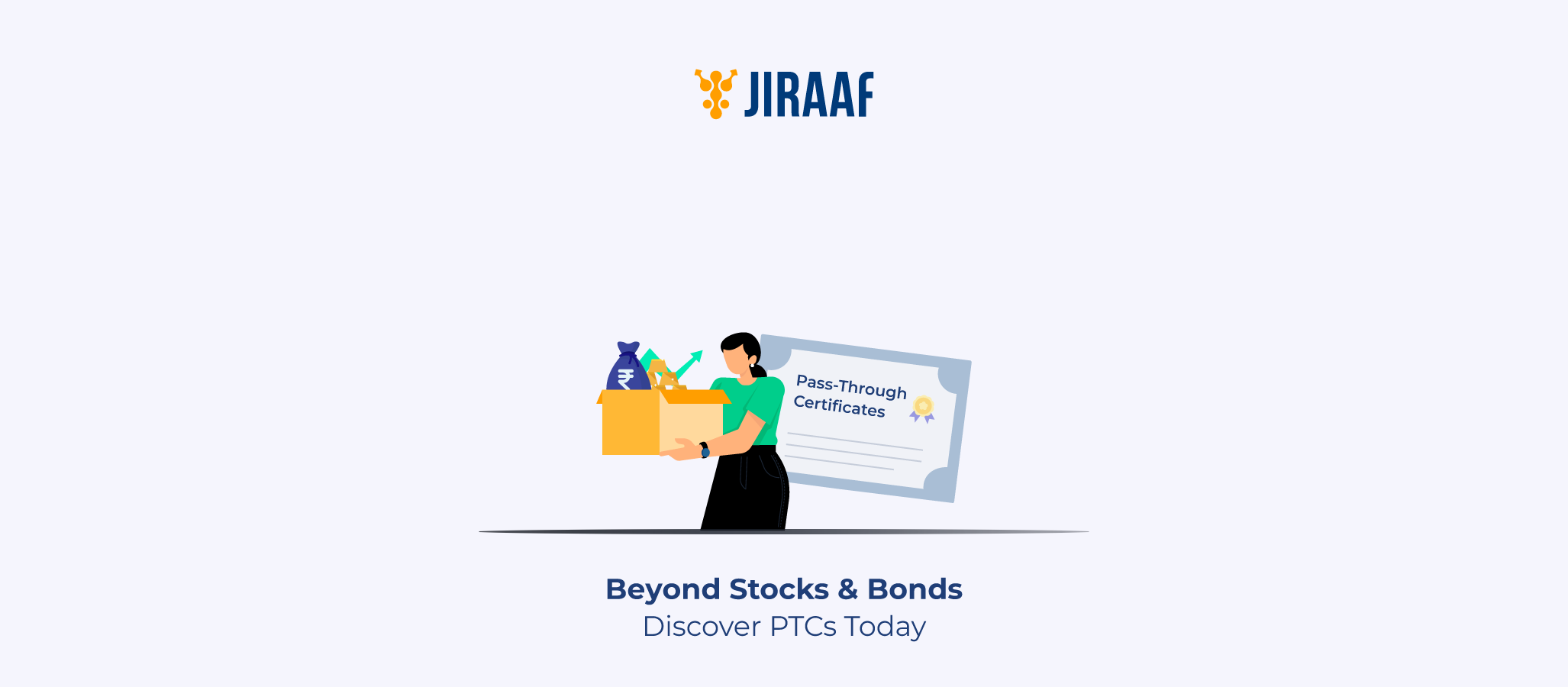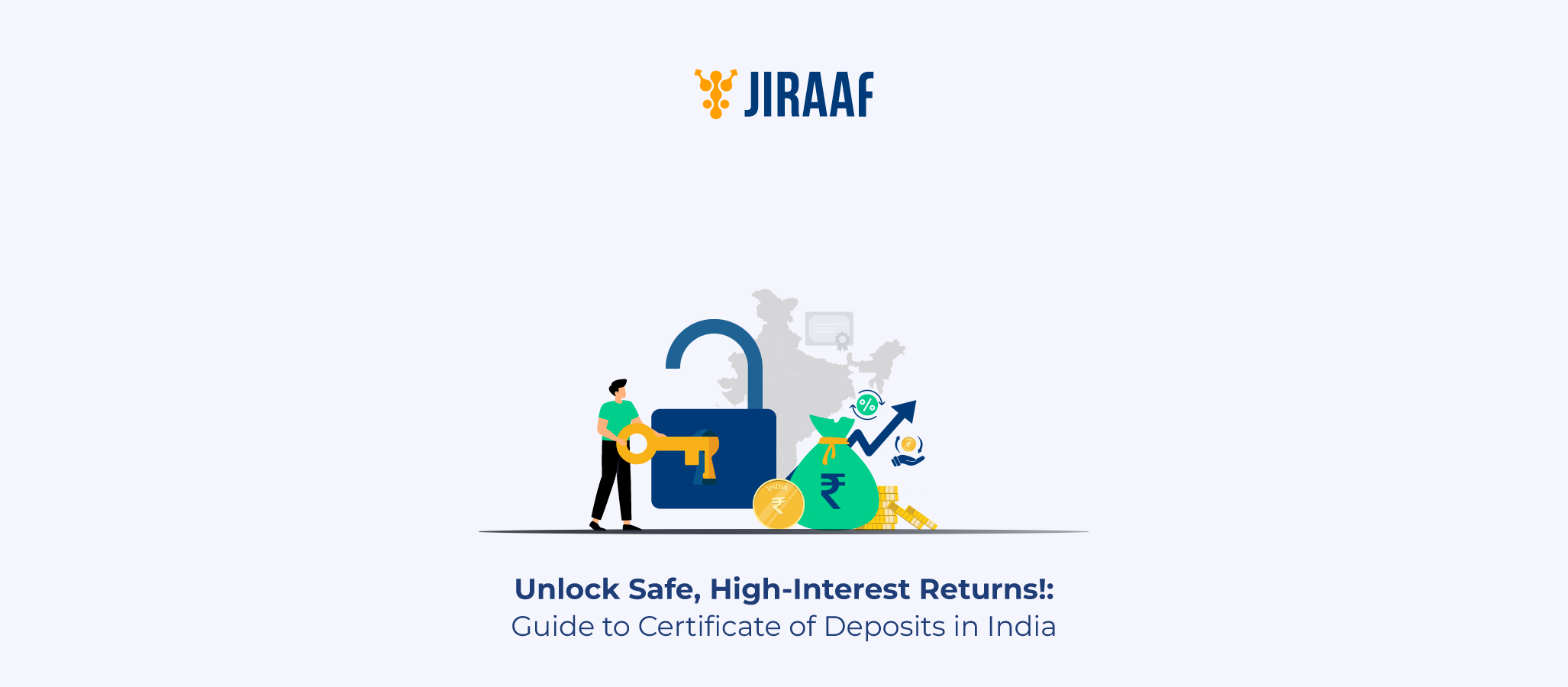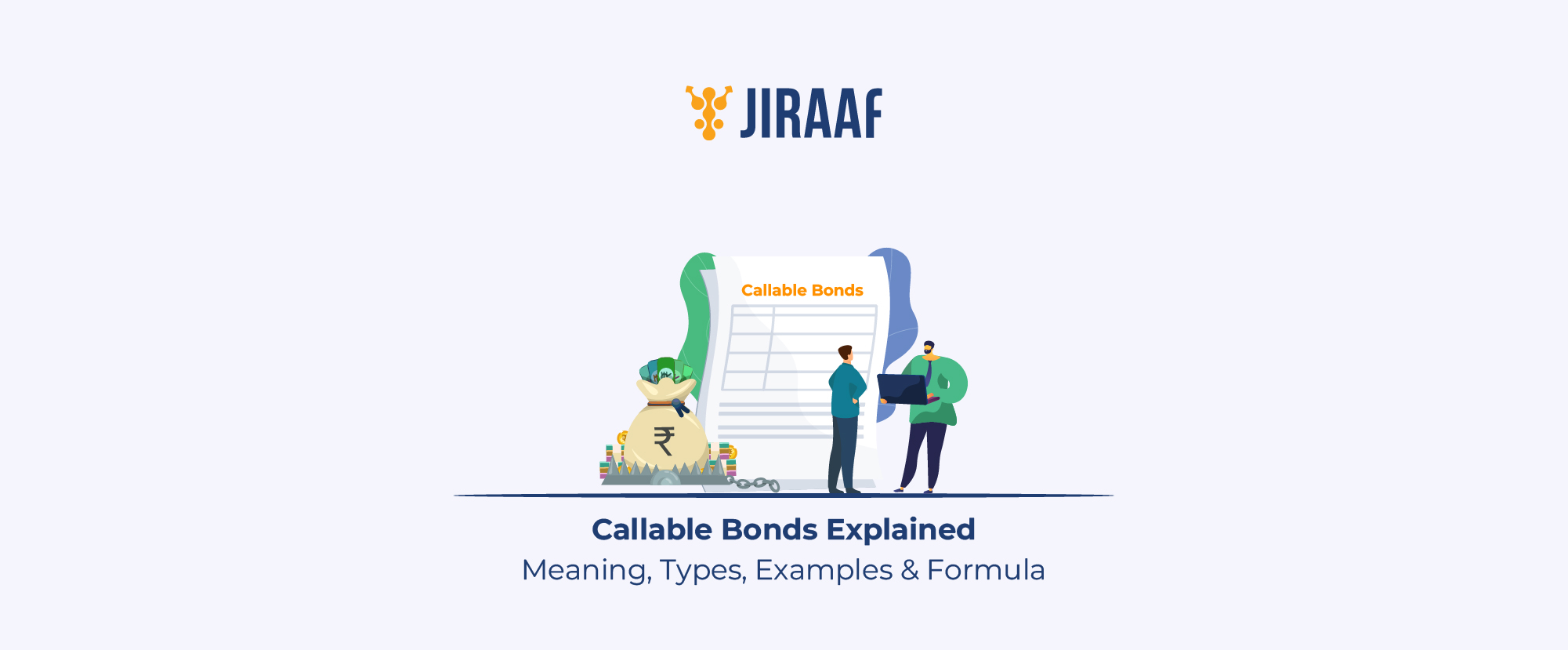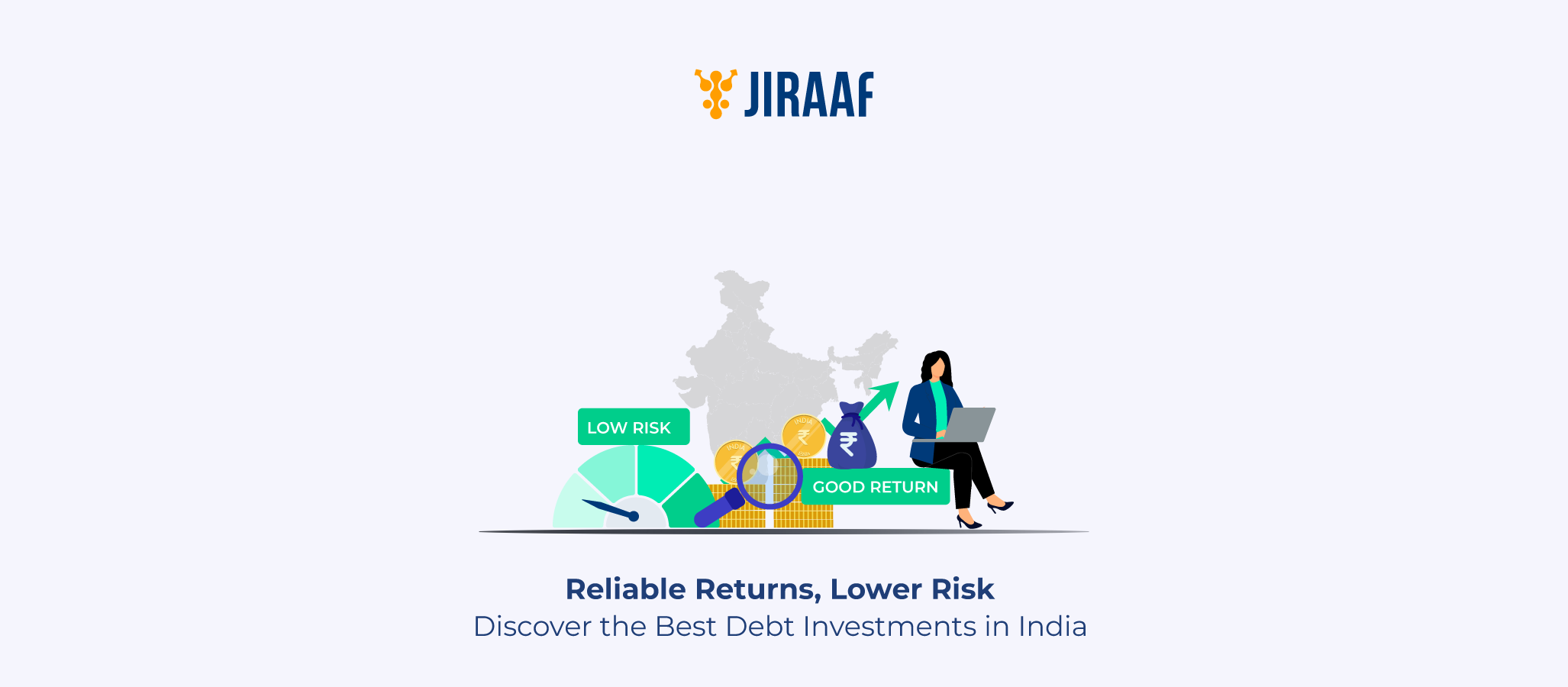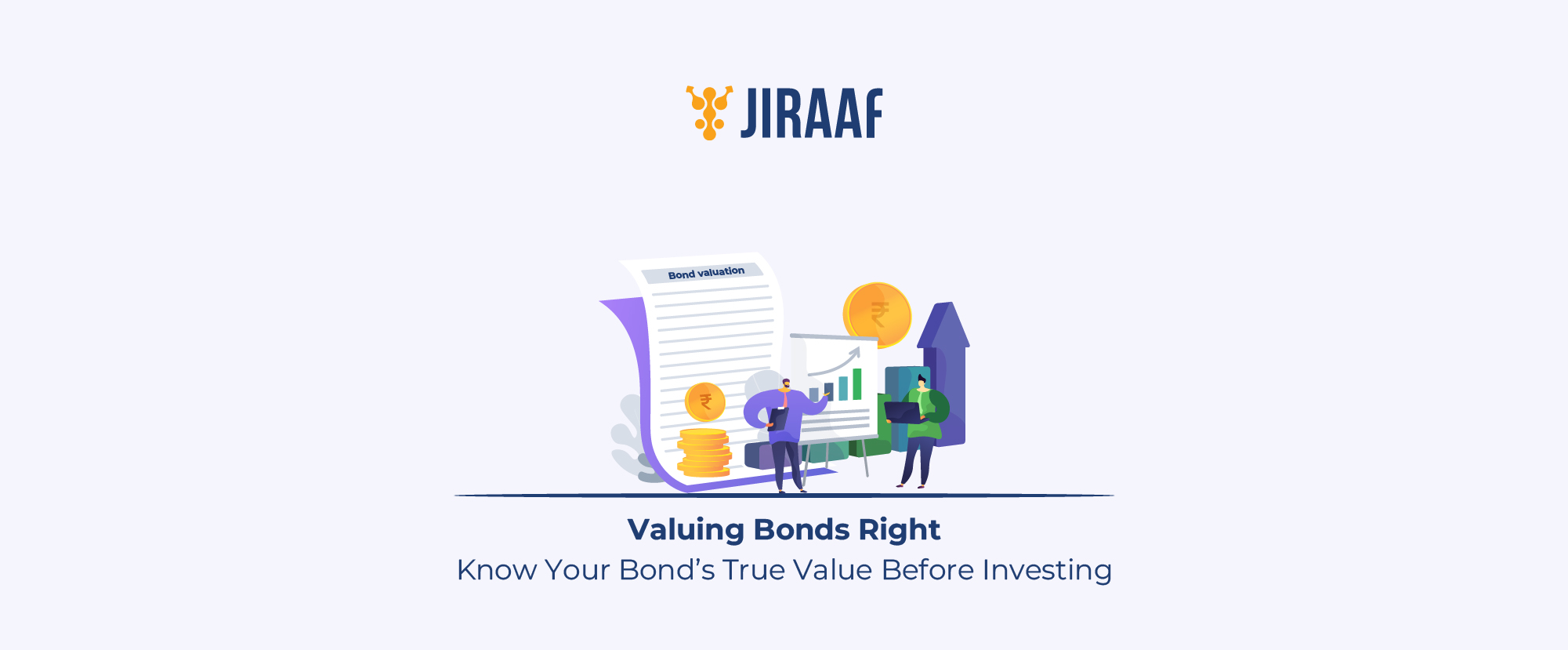Retirement planning in India comes with a host of government-backed investment options tailored specifically for senior citizens. One of the most popular choices is the Senior Citizen Savings Scheme (SCSS) — a fixed-income product designed to provide assured returns and safety of capital. While it is often viewed as a secure post-retirement investment option, it’s equally important to evaluate its limitations before deciding to invest.
This comprehensive guide aims to highlight the key disadvantages of SCSS, enabling investors to make an informed decision. From the rigid lock-in period to limited tax benefits and interest rate risks, this article covers every essential detail for senior citizens considering SCSS as a retirement tool.
What is the Senior Citizen Savings Scheme (SCSS)?
The Senior Citizen Savings Scheme (SCSS) is a government-backed small savings scheme offered to Indian residents aged 60 and above. It is primarily targeted at retirees looking for a safe and regular income stream. Introduced in 2004, the scheme can be availed through public and private sector banks as well as designated post offices across the country.
Investors can deposit a lump sum (maximum ₹30 lakhs as of 2024) for a fixed tenure of five years, which can be extended once by three more years. The interest is paid quarterly, and the current interest rate is relatively higher than most fixed deposits or savings instruments, making SCSS attractive to many.
Despite these benefits, SCSS has certain drawbacks that might affect suitability for some investors — especially those seeking flexibility, inflation protection, or long-term tax efficiency.
Eligibility and Age Limit for SCSS
The SCSS is not universally accessible. It’s a targeted scheme with specific age-related eligibility requirements:
- Individuals aged 60 years and above can invest in SCSS.
- Retired defense personnel can invest if they are above 50 but below 60, subject to certain conditions.
- HUFs and NRIs are not eligible to invest in this scheme.
- The scheme can be held individually or jointly with the spouse only.
This restrictive eligibility makes it inaccessible to a broader pool of potential investors. Moreover, even within eligible demographics, the benefits and risks must be carefully balanced.
Key Disadvantages of Senior Citizen Savings Scheme
Although SCSS is secure and backed by the government, it has several limitations that should be considered:
1. Interest is Fully Taxable
While SCSS offers a relatively high interest rate (currently 8.2% p.a. as of 2024), the interest earned is fully taxable. This erodes the real returns, especially for senior citizens falling in higher income tax slabs. TDS (Tax Deducted at Source) is applicable if annual interest exceeds ₹50,000, reducing the take-home income.
2. Rigid Lock-in Period
SCSS has a lock-in period of five years, which can only be extended once by three years. While partial premature withdrawals are allowed, they come with penalties:
- 1.5% of the deposit amount if withdrawn before 2 years
- 1% of the deposit amount if withdrawn between 2 and 5 years
Such withdrawal penalties make it less flexible compared to other retirement options.
3. Limited Investment Ceiling
The maximum investment cap under SCSS is ₹30 lakhs per individual, which might not be sufficient for senior citizens with large retirement corpus. This upper limit restricts the scope of building a significant income stream for those relying solely on interest income.
4. Not Indexed to Inflation
One of the most critical drawbacks is the lack of inflation protection. SCSS offers a fixed interest rate reviewed quarterly by the government, but this rate does not dynamically adjust for inflation. Over time, the purchasing power of the interest income may diminish, making it harder for retirees to maintain their lifestyle.
5. No Compounding of Interest
Unlike reinvestment options in fixed deposits or mutual funds, SCSS pays out interest quarterly, with no option to compound returns. For senior citizens not needing regular income, this limits long-term capital appreciation.
6. No Market-Linked Growth
SCSS is a purely fixed-income product, which means it offers no opportunity for capital appreciation. For long-term wealth creation or legacy planning, market-linked options like mutual funds, NPS, or equity-linked savings schemes (ELSS) may offer better prospects.
7. Cannot Be Held Jointly With Anyone Other Than Spouse
This restriction can be limiting for individuals who wish to nominate children or other family members as co-account holders. SCSS allows only the spouse to be a joint holder, reducing estate flexibility in some family setups.
Lock-in Period and Early Withdrawal Rules
As mentioned earlier, SCSS has a 5-year lock-in, extendable by another 3 years. The scheme does allow early withdrawals, but subject to the following penalties:
- Before 2 years: Deduction of 1.5% of the deposit
- After 2 years but before 5 years: Deduction of 1% of the deposit
This means the scheme is not liquid and could pose challenges in emergencies where large sums of money may be required on short notice.
Taxation and Interest Implications of SCSS
- Interest Income: Fully taxable under ‘Income from Other Sources’
- TDS: Deducted if interest exceeds ₹50,000 in a financial year
- Section 80C Benefit: Investment up to ₹1.5 lakhs is eligible under 80C deduction, but this is applicable only once at the time of initial deposit
The taxation structure significantly reduces the net post-tax yield, especially for individuals in the 20% or 30% tax bracket.
Comparison: SCSS vs Other Retirement Investment Options
| Feature | SCSS | Fixed Deposit | Senior Citizen FD | PMVVY | Mutual Funds |
| Interest Rate | 8.2% | ~7-7.5% | 7.5–8% | 7.4% | Variable |
| Lock-in Period | 5 years | 1–10 years | 1–10 years | 10 years | None |
| Liquidity | Low | High | High | Medium | High |
| Tax Benefits | ₹1.5L under 80C | ₹1.5L under 80C | ₹1.5L under 80C | No | ELSS only |
| Compounding | No | Optional | Optional | No | Yes |
| Risk | Low | Low | Low | Low | Moderate to High |
While SCSS is safer, it lags in flexibility, compounding, and inflation protection compared to market-linked alternatives like mutual funds.
Who Should Avoid Investing in SCSS?
SCSS may not be suitable for:
- Senior citizens in higher tax slabs due to taxable interest
- Investors needing liquidity or regular access to capital
- Those with a large corpus who want to invest beyond ₹30 lakhs
- Investors seeking long-term capital growth, especially those with lower dependence on monthly interest
- Younger retirees (early 60s) who may prefer a diversified portfolio over the next 20–30 years
Conclusion
While the Senior Citizen Savings Scheme remains a solid, government-backed choice for safe and regular income, it is not a one-size-fits-all solution. Investors should carefully assess its drawbacks — including taxation, rigidity, and inflation impact — before committing a significant portion of their retirement funds.
For those prioritizing capital safety and assured income, SCSS can serve as a foundational layer in the portfolio. However, to achieve holistic retirement planning, it is advisable to complement SCSS with more flexible, growth-oriented instruments based on individual goals, risk appetite, and tax positioning.
Discover fixed income investments with Jiraaf, a SEBI registered online bonds platform that educates and brings access to a wide array of bonds. Sign up today to explore diversified fixed income investment opportunities to support your goal-based wealth creation journey. Start investing!
